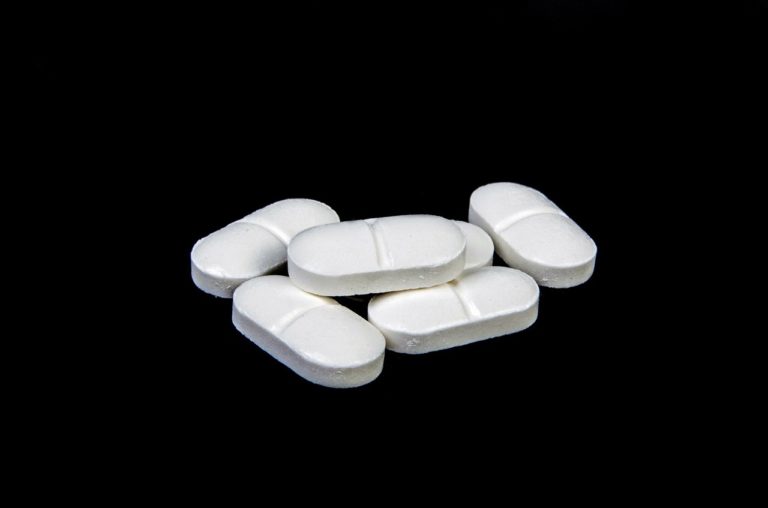A day doesn’t go by without some report or news about climate change, air pollution, and their impact on our health. But did you know there may be a link between polluted air and impotence? Can air pollution cause erectile dysfunction?
The answer, it seems, is yes, at least in rats. According to researchers at Guangzhou University in China, rats exposed to motor vehicle exhaust experienced a decline in erectile function. Here are the exhausting details.
Four groups of 10 rats each were exposed to different levels of vehicle exhaust over three months: no exposure, two hours, four hours, and six hours daily five days a week. At the end of the testing period, the erectile function of the rats was evaluated, and here’s what the authors found:
- Rats who were exposed to four to six hours of air pollution daily showed a significant reduction in erectile function; namely, 38.6 percent and 45.6 percent, respectively.
- The authors believe the reduction was associated with a combination of inflammation, lower levels of nitric oxide production in the erectile tissue, and problems with pulmonary function.
Just because this result was seen in rats does not mean the same thing will be found in humans.
These are preliminary findings and must be tested in clinical trials using humans. However, it’s been shown that air pollution is dangerous to health overall, as it has been linked to depression, premature death, various respiratory diseases, kidney disease, and obesity, to name a few. So any exposure to air pollutants should be avoided as much as possible.
References
Afsar B et al. Air pollution and kidney disease: review of current evidence. Clinical Kidney Journal 2019 Feb; 12(1): 19-32
De Marco A et al. Impacts of air pollution on human and ecosystem health, and implications for the National Emission Ceilings Directive: insights from Italy. Environment International 2019 Feb 7; 125:320-33
Zhao S et al. Elucidating mechanisms of long-term gasoline vehicle exhaust exposure—induced erectile dysfunction in a rat model. The Journal of Sexual Medicine 2010 Feb; 16(2): 155-67







